Hyundai looks to its history for the car of the future
As featured in our February 2020 Wallpaper* Design Awards Issue, Hyundai's latest concept car, the Hyundai 45, is a combination of intelligent interior design and eco-conscious engineering inspired by the company's historic 1970s icons
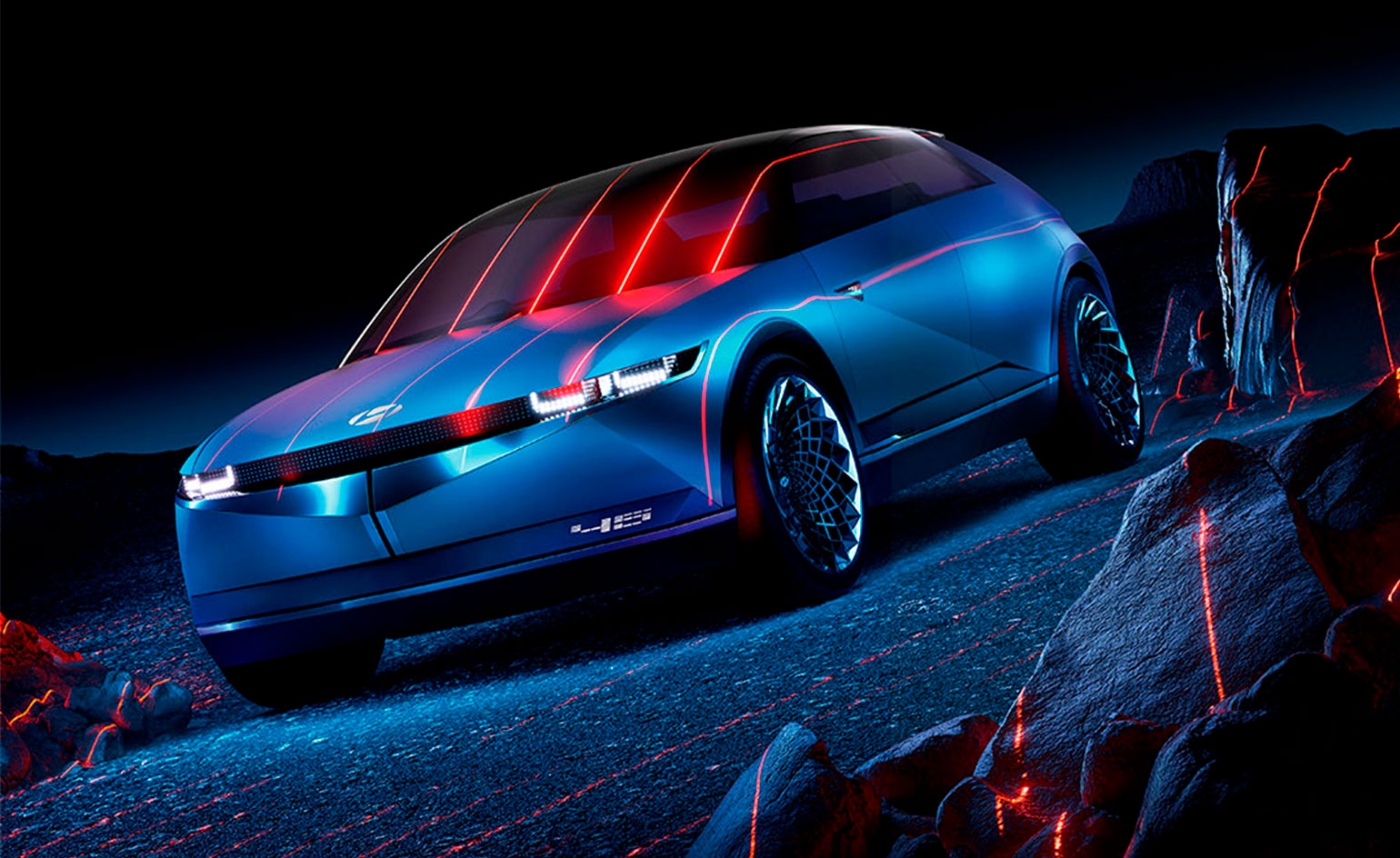
It’s unusual to find a concept car with such purity of vision. One of the stars of 2019’s Frankfurt Auto Show, the all-electric Hyundai 45 design concept manages that rare trick of blending far-reaching innovations with nods to past glories. ‘It’s our EV vision,’ says SangYup Lee, head of the Hyundai Design Center. ‘In markets like Europe, we’re pushing really hard on electric vehicles. We're trying to find the right design story.’ Lee admits that we’re living through a very ‘digitised era for transport’. In contrast, the 45 brings a bit of old-school charm back to car design. ‘We want our designs to be warm and inviting, which is why we’ve added analogue touches, inside and out,’ he says.
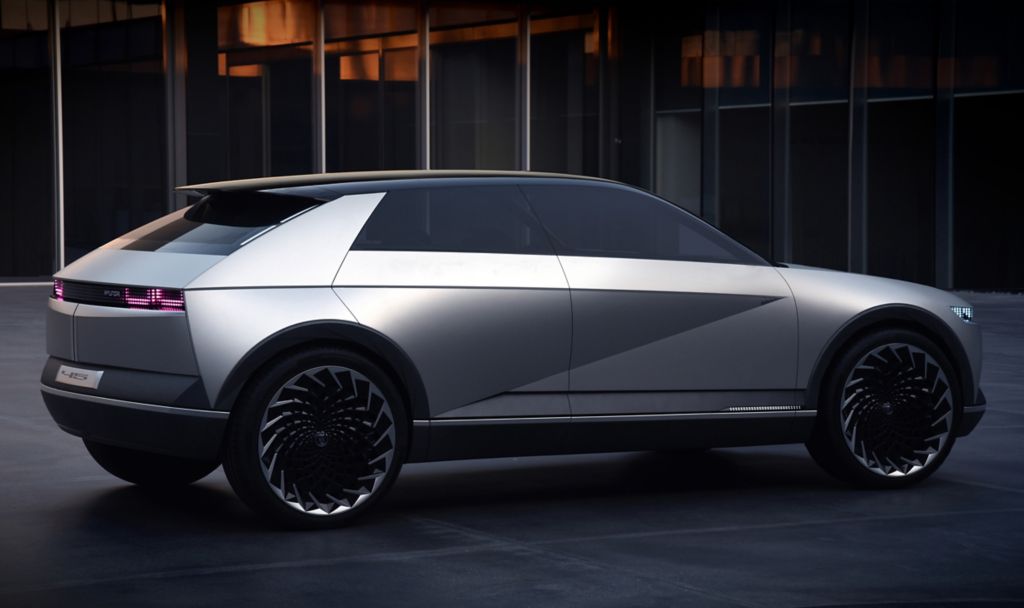
Hyundai 45 Concept
The jumping off point for the new vehicle is Hyundai’s 1974 Pony Concept, a pioneering mono-box design by Giorgetto Giugiaro at Italdesign. It was part of his portfolio of 1970s icons, including the first Volkswagen Golf, that set the small-car design template for decades. ‘There are no mono-box cars these days,’ Lee laments, pointing out the plethora of SUVs and crossovers that have taken their place. ‘There’s a bit of nostalgia for our first concept,’ he admits, but while the Pony Concept had an angular, wedge-shaped stance, the 45 is rather more refined, with surfaces, creases and folds that were simply impossible all those years ago.

Hyundai Pony Coupe concept, first shown at the 1974 Turin Motor Show
Nevertheless, 45-degree angles are still plentiful, a sharp contrast to the organic forms of much contemporary car design. The slim LED lamp patterns, front and rear, evoke blocky 8-bit graphics. Even the off set ‘Hyundai’ logo is another nod to the 1970s. ‘We had a lot of fun developing the car,’ Lee admits. Inside, the long cabin and flat floor give the car the feel of a living space, not a vehicle. ‘It almost feels like the lounge in your own home,’ Lee says. Careful use of natural light and materials, with forms inspired by contemporary furniture, all add to the ambience.
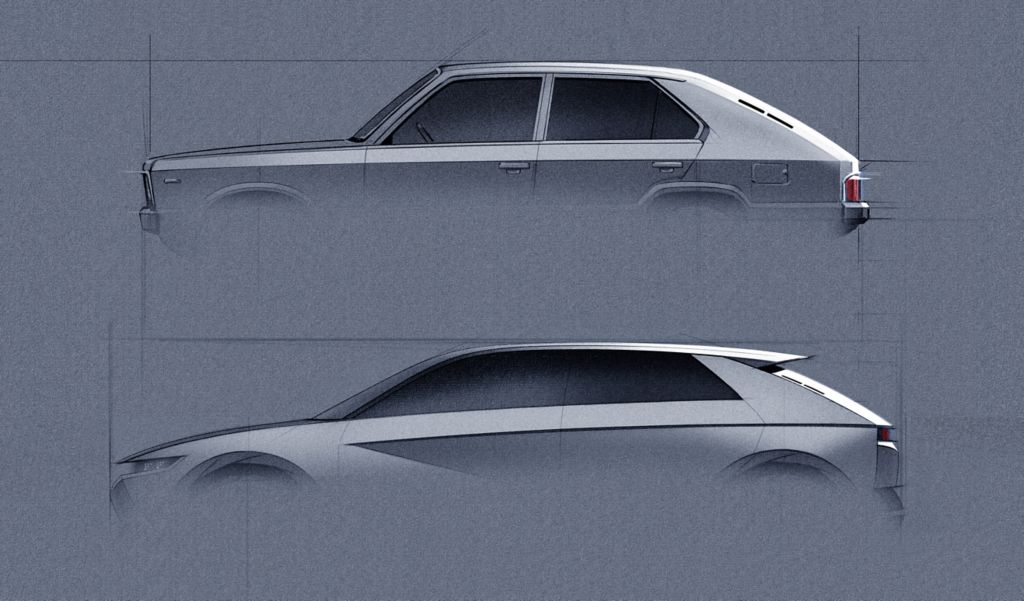
While Hyundai recently announced $35bn of investment in autonomous mobility and new drivetrain technology, the 45 reflects its more immediate focus of electrification – the Korean giant has hauled itself to the forefront of the EV market with cars like the Kona and Ioniq. ‘Some concept cars are what we call “flying carpets”,’ Lee says. ‘They look great but they are impossible [to build]. When you look at this car, it has. a definite potential. It means a lot to us.’ It could mean a lot more to the car buyer of the very near future.
Receive our daily digest of inspiration, escapism and design stories from around the world direct to your inbox.
Jonathan Bell has written for Wallpaper* magazine since 1999, covering everything from architecture and transport design to books, tech and graphic design. He is now the magazine’s Transport and Technology Editor. Jonathan has written and edited 15 books, including Concept Car Design, 21st Century House, and The New Modern House. He is also the host of Wallpaper’s first podcast.
-
 A day in Ahmedabad – tour the Indian city’s captivating architecture
A day in Ahmedabad – tour the Indian city’s captivating architectureIndia’s Ahmedabad has a thriving architecture scene and a rich legacy; architect, writer and photographer Nipun Prabhakar shares his tips for the perfect tour
-
 You can now stay in one of Geoffrey Bawa’s most iconic urban designs
You can now stay in one of Geoffrey Bawa’s most iconic urban designsOnly true Bawa fans know about this intimate building, and it’s just opened as Colombo’s latest boutique hotel
-
 Pentagram’s identity for eVTOL brand Vertical Aerospace gives its future added lift
Pentagram’s identity for eVTOL brand Vertical Aerospace gives its future added liftAs Vertical Aerospace reveals Valo, a new air taxi for a faster, zero-emission future, the brand has turned to Pentagram to help shape its image for future customers
-
 Rivian hits Miami Art Week to release R1S Quad Miami Edition, a new colour and a scent
Rivian hits Miami Art Week to release R1S Quad Miami Edition, a new colour and a scentVivid sights and evocative smells are part of Rivian’s quest to humanise its all-electric SUVs
-
 RBW EV brings a much-loved classic sports car aesthetic into the modern era
RBW EV brings a much-loved classic sports car aesthetic into the modern eraThe RBW Roadster and GT hark back to a golden age of sports car design. Under the skin, these British-built machines feature bespoke all-electric running gear
-
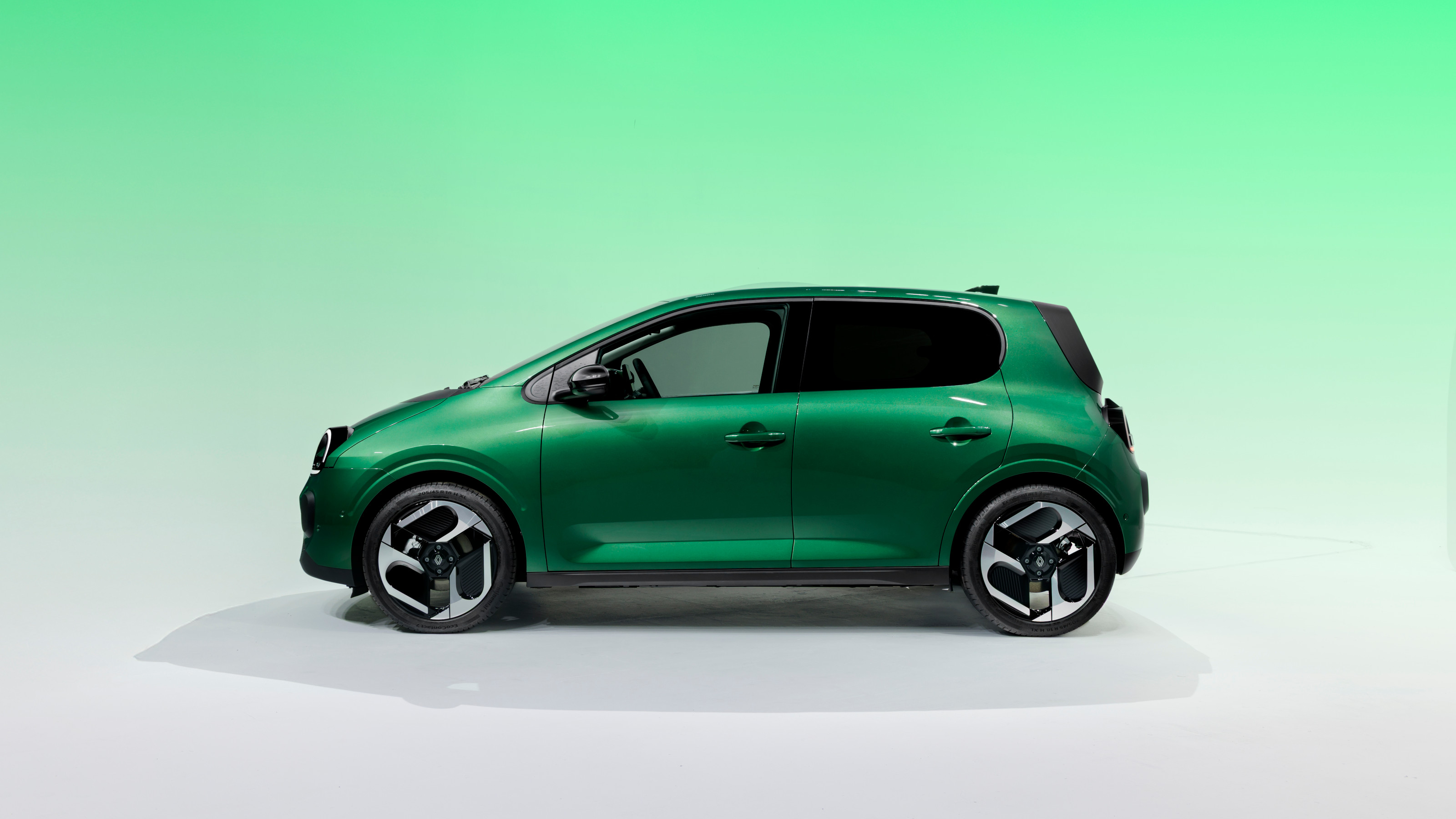 All hail the compact new Renault Twingo E-Tech – the city car is back in style
All hail the compact new Renault Twingo E-Tech – the city car is back in styleRenault continues to pay homage to its heritage by combining it with 21st-century technology. The new Twingo E-Tech is another winner
-
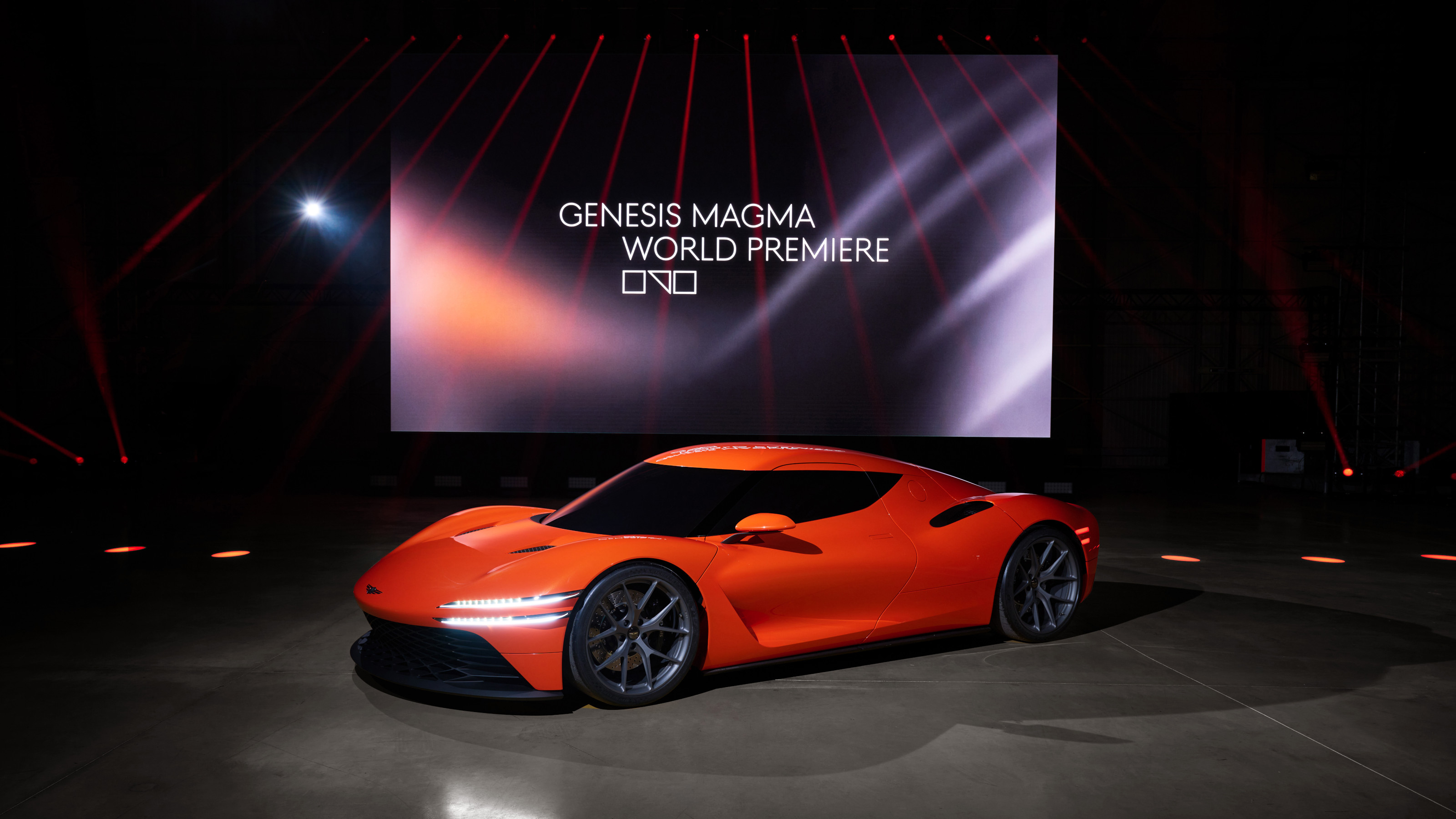 Genesis turns up the heat with its new Magma performance sub-brand
Genesis turns up the heat with its new Magma performance sub-brandGenesis has revealed the hot new GV60 Magma and striking Magma GT Concept in its quest to own luxury performance
-
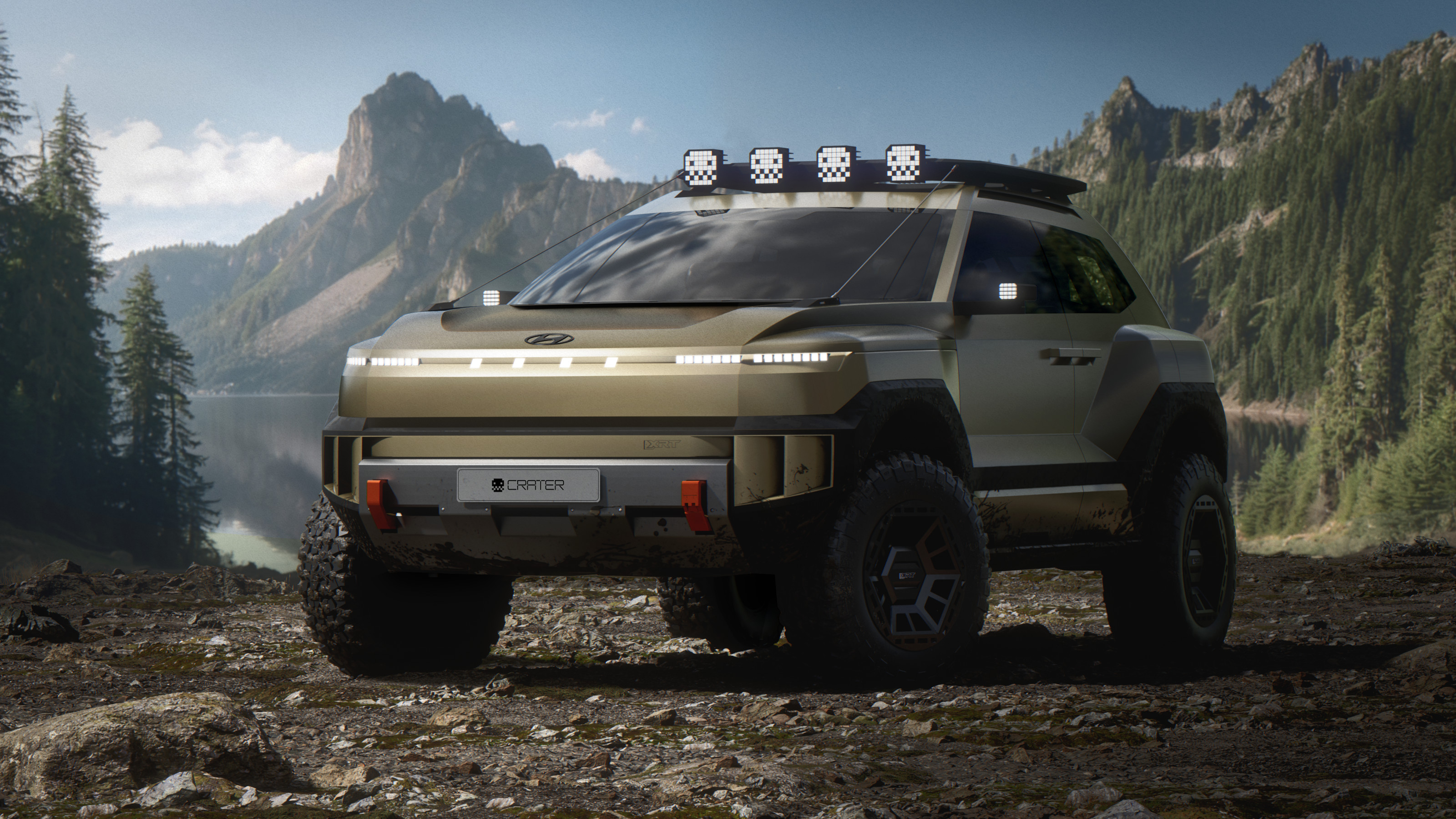 The future of off-road is encapsulated in Hyundai’s rugged Crater Concept
The future of off-road is encapsulated in Hyundai’s rugged Crater ConceptAn exploration of the future form of Hyundai’s XRT sub-brand, the Crater Concept is designed to roam where no one else goes
-
 Around London in sybaritic silence with the majestic all-electric Lunaz Phantom V
Around London in sybaritic silence with the majestic all-electric Lunaz Phantom VClassic electrifier Lunaz has turned its skilled hands to the Rolls-Royce Phantom V. We sample the ultimate in zero-emission luxury on the streets of London
-
 Avatr Vision Xpectra concept transforms cars into ‘emotionally intelligent companions’
Avatr Vision Xpectra concept transforms cars into ‘emotionally intelligent companions’Revealed in Munich, electric car maker Avatr’s futuristic Vision Xpectra is a car that is not only beautiful, but a true form of ‘emotive luxury’
-
 Dacia wants to make small cars great again – all hail the new Hipster Concept
Dacia wants to make small cars great again – all hail the new Hipster ConceptThe best way to minimise energy use in all its forms is to downsize. The Dacia Hipster Concept is a smart way of making a practical car way more pint-sized